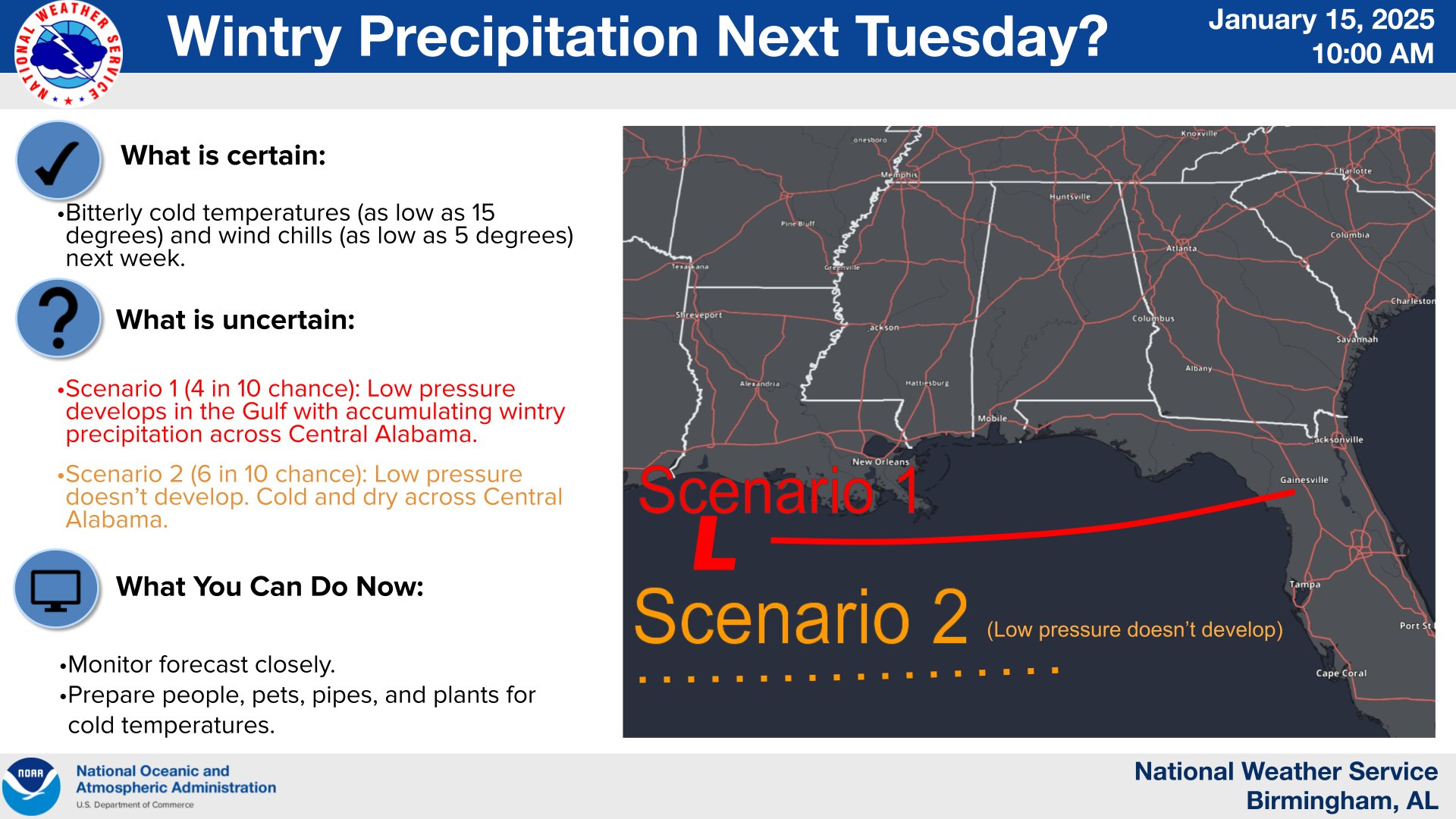
(PORTLAND) — The Boeing 737 MAX 9 that was forced to make an emergency landing a few moments after takeoff on Friday had only made it to about 16,000 feet before a door plug fell out, opening a hole in the fuselage next to seat 26A.
Had the Alaska Airlines flight made it to its cruising altitude of more than 30,000 feet, the situation may have been much more dire, with passengers potentially walking around the cabin, said Jennifer Homendy, chair of the National Transportation Safety Board.
“We could have ended up with something so much more tragic,” Homendy told reporters late Saturday.
NTSB investigators arrived in Portland, Oregon, on Saturday to begin their investigation into what happened on Alaska Airlines Flight 1282. The board’s “Go Team” included experts on “structures, operations and systems.”
That team is expected to work closely with officials from Boeing, Alaska Airlines, the Federal Aviation Administration, and associations representing pilots and flight attendants, Homendy said.
The FAA said earlier Saturday it was temporarily grounding certain Boeing 737 MAX 9 aircraft operated by U.S. airlines or in U.S. territory until they were inspected. The FAA said the pause would affect about 171 planes worldwide.
Sunday evening, Boeing CEO Dave Calhoun announced he cancelled a two-day leadership summit and instead will hold an all-employee safety meeting from the 737 factory in Renton, Washington on Tuesday.
Calhoun also sent out a company-wide memo to staff addressing the incident and ensuring that safety is a top priority.
“When it comes to the safety of our products and services, every decision and every action matters. And when serious accidents like this occur, it is critical for us to work transparently with our customers and regulators to understand and address the causes of the event, and to ensure they don’t happen again. This is and must be the focus of our team right now. I am deeply grateful to our colleagues who have been working tirelessly on our company’s response over the past two days,” his statement partially read.
“The FAA’s first priority is keeping the flying public safe,” the administration said in an update Sunday. “We have grounded the affected airplanes, and they will remain grounded until the FAA is satisfied that they are safe.”
Boeing said in a statement that safety is “our top priority.”
“We agree with and fully support the FAA’s decision to require immediate inspections of 737-9 airplanes with the same configuration as the affected airplane,” Boeing said.
Homendy said the situation had been designated as an “accident” rather than an “incident.” That designation is used by the NTSB when an aircraft “receives substantial damage.”
The NTSB announced that the plug that fell out of the fuselage had been found by a teacher in their backyard Sunday.
The organization plans to retrieve it.
It had covered a section of the fuselage wider than a window. Typically, when an airline purchases an aircraft, Boeing constructs the frame and inserts plugs based on the carrier’s needs.
The particular aircraft used on Flight 1282 had been certified for 189 passengers, so Alaska wouldn’t need emergency exit doors installed where the door plug was, Homendy said. If the plane had been configured for a higher density, like 215 or 220 passengers, it would have needed exit doors.
Six crew members and 171 passengers were on board Flight 1282 bound for Ontario, California, the airline said.
“The safety of our guests and employees is always our primary priority,” Alaska said in a statement, “so while this type of occurrence is rare, our flight crew was trained and prepared to safely manage the situation.”
ABC News’ Amanda Maile, Meredith Deliso, Riley Hoffman and Sam Sweeney contributed to this story.
Copyright © 2024, ABC Audio. All rights reserved.




